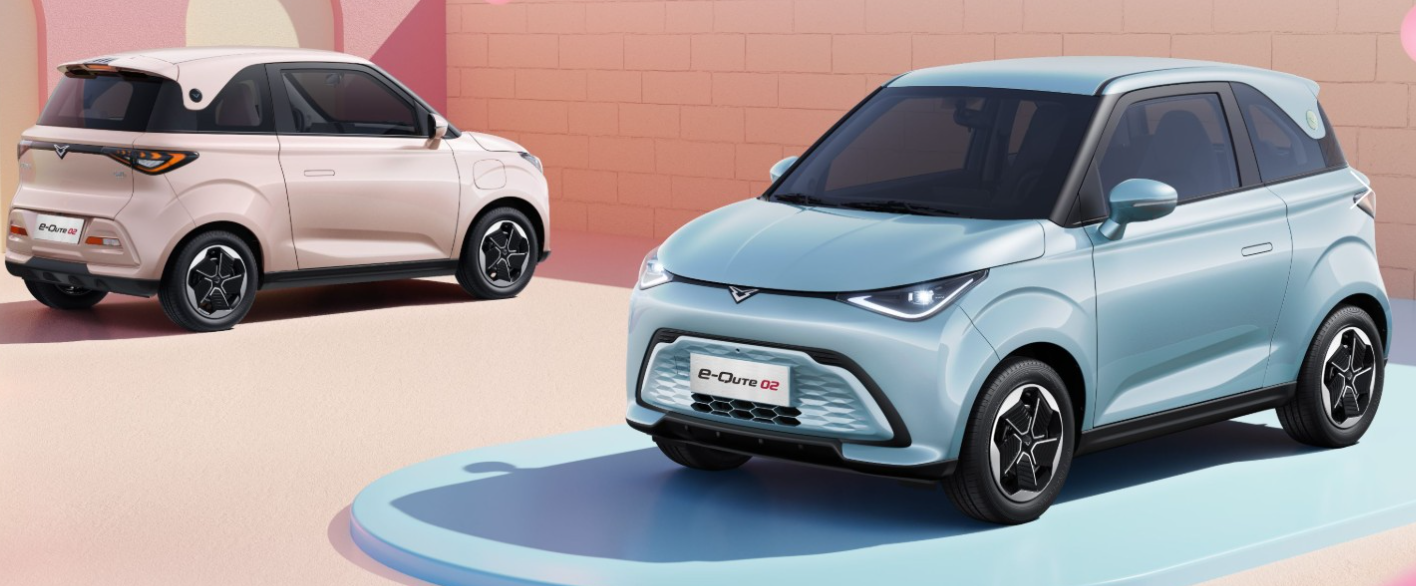A common question for EV buyers is: Are electric cars more efficient in the city or highway? Unlike gasoline vehicles— which thrive on highways—EVs reverse this pattern. They deliver far better efficiency in urban settings, thanks to core differences in how electric motors work and the physics of driving. Below’s a breakdown of why this happens and key influencing factors.
1. Why City Driving Boosts EV Efficiency
Two critical advantages make cities ideal for EV efficiency:
Regenerative Braking: Recapturing “Wasted” Energy
Gasoline cars lose kinetic energy as heat during braking, but EVs turn this loss into a gain. When slowing down or coasting, their motors switch to generator mode, converting momentum back into electricity to recharge the battery . In stop-and-go city traffic—with frequent red lights and slowdowns—this regeneration is constant. Studies show it can push city efficiency above 94%, versus 77% on highways . For example, a driver in downtown traffic might recoup 15-20% of energy that would otherwise be lost.
Motors Excel at Low Speeds
Electric motors have an extremely wide high-efficiency range—93% or higher between 2,500 and 8,000 rpm . City driving (30-60 km/h) keeps motors in this sweet spot, while gasoline engines struggle here (their efficiency drops to just 20-30% at low speeds ). EVs also waste no energy idling at stoplights, unlike gas cars that burn fuel while stationary.
2. Why Highways Hurt EV Efficiency
High-speed driving undermines EV efficiency, driven by unescapable physics:
Air Resistance: The Silent Energy Drain
Air resistance increases with the square of speed—double your speed, and drag quadruples . At 30 km/h, EVs need just ~2.3 kW of power to overcome drag, but at 120 km/h, this jumps to 31 kW . On highways, air resistance accounts for 60-80% of energy use, versus 10-20% in cities . Even aerodynamic EVs (with drag coefficients below 0.25 Cd) can’t fully offset this—going from 100 km/h to 120 km/h often raises energy use by 30% .
Limited Regeneration Opportunities
Highways involve steady cruising with few stops, so there’s little chance to recapture energy. Without regeneration to offset consumption, EVs rely solely on battery power to maintain speed, draining charge faster.
3. Real-World Efficiency: Numbers Tell the Story
EPA tests highlight the gap: EVs average 60-66% energy efficiency in cities (excluding regeneration) and 71-73% on highways—but with regeneration factored in, city efficiency surges past 94% .
Practical examples back this up: A compact EV might use 12 kWh/100 km in the city but 16 kWh/100 km on the highway. At 130 km/h, some models exceed 20 kWh/100 km, cutting range by 30% compared to urban driving .
Final Takeaway
Electric cars are far more efficient in the city than on the highway. Regenerative braking and motor low-speed efficiency turn stop-and-go traffic into an advantage, while highways’ air resistance and limited regeneration drain batteries faster. For daily commuters, this means lower running costs and longer real-world range—but for road trippers, sticking to 100-110 km/h (the EV “sweet spot” ) can help mitigate highway inefficiency.

